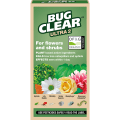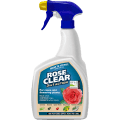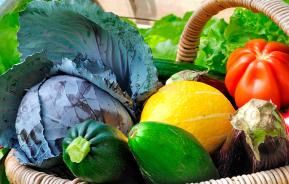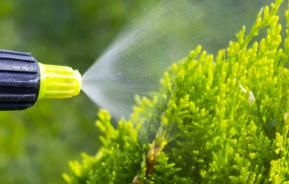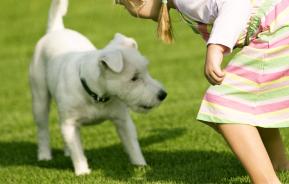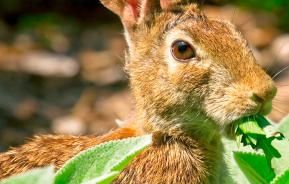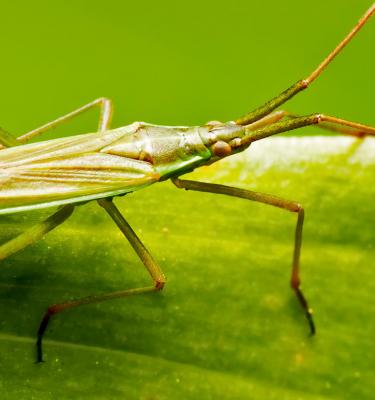
Plant pests
Pests can cause chaos in your garden
Bugs and bacteria affecting your plants? Here are the common ones to watch out for…
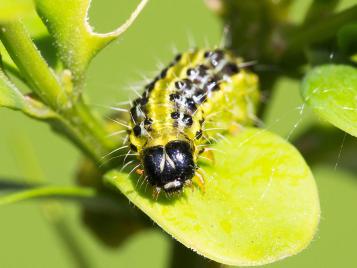
Box tree caterpillar
A relatively new insect pest to Britain is attacking box (Buxus sempervirens) plants. Box tree caterpillars feed on the plants' leaves within webbing produced over the foliage and can completely defoliate box plants.
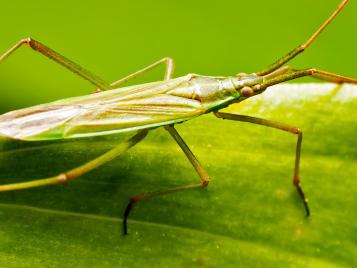
Capsid bugs
Capsid bugs can easily spoil the appearance and displays of many different plants. They give the leaves a tattered and distorted appearance and can even cause flower buds to abort.
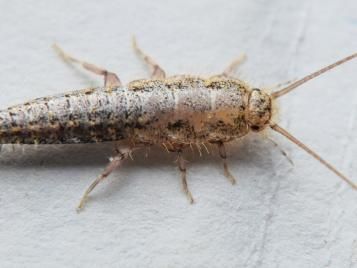
Silverfish
More disconcerting than damaging, silverfish are quite common in houses. They tend to congregate in moist conditions – and you'll often see them in the bath or in sinks.
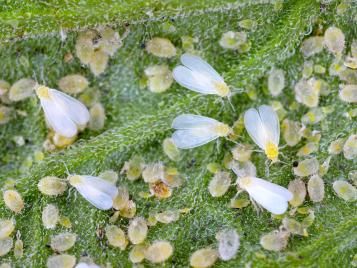
Whitefly
Whitefly is small winged insects, which fly up in clouds from the underside of the leaves of affected plants when disturbed. They suck the sap of plants, weakening the plant.
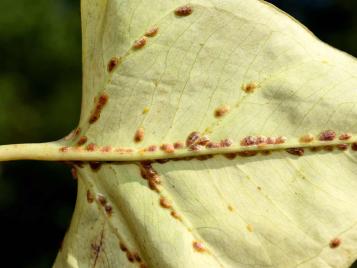
Scale insects
Scale insects are sap-sucking insects that gradually weaken plants. They are so-called because the actual insect is covered by a hard protective shell or scale.

Leaf miner
As its name suggests, the larvae of these insect pests eat away at the inside of leaves, causing tell-tale trails – or mines.
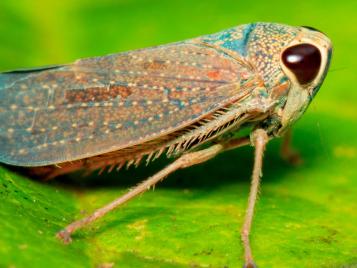
Leafhopper
Leafhoppers are sap-sucking insects that attack a wide range of plants. One or two won't cause significant damage, but lots of them can cause leaf yellowing and the overall weakening of the plant.
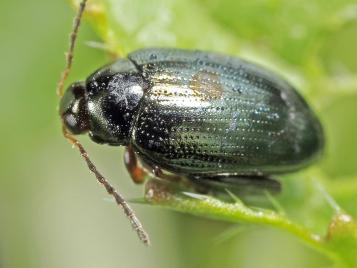
Flea beetle
Despite their small size, flea beetles can cause a lot of damage – especially as they like eating the leaves of young plants and seedlings – often leading to them becoming stunted or even dying.
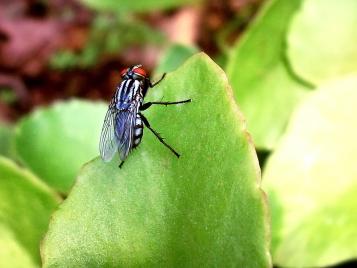
Cabbage root fly
The larvae (maggots) of the cabbage root fly eat the roots of all brassicas – not just cabbages. This reduces the strength of the plant, causes them to wilt and, in the case of small plants, usually eventually die.
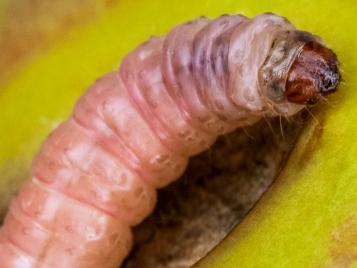
Codling moth
Codling moth can be a serious problem of apples, eating out the centre of the fruit, ruining it. And, as the old saying goes: What's worse than finding a codling moth grub in your apple? Half a codling moth grub!
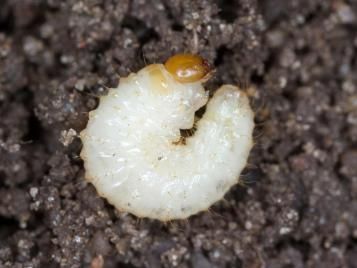
Vine weevils
Vine weevils are a devastating plant pest – suddenly otherwise healthy looking plants wilt and collapse and no amount of watering will help them recover. The reason? The vine weevil grubs have eaten all the roots.

Scarlet lily beetle
The scarlet lily beetle may look attractive, but it is the scourge of lily growers. It can do huge amounts of damage to lilies and needs to be controlled whenever it is seen.
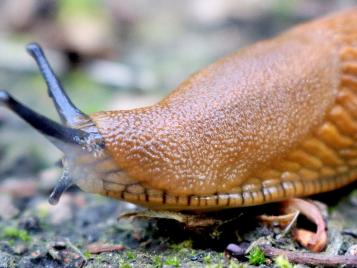
Slugs and snails
Slugs and snails are one of the commonest garden plant pests. They are present in large numbers and can quickly eat and destroy a wide range of plants, especially those with young and soft leaves.

Red spider mite
The red spider mite is a very damaging plant pest. They are tiny and very difficult to see until they build up in large numbers and start producing their characteristic webbing. And confusingly, they are rarely red!
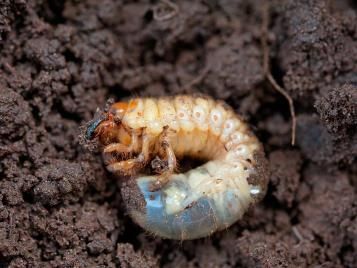
Chafer grubs
Chafer grubs live underground in the soil, where they devour plant roots. They can become a major problem – especially in lawns. They are the larvae of the cockchafer (or maybug), garden chafer and Welsh chafer.
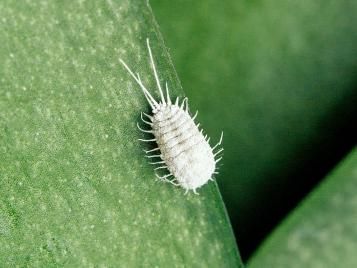
Mealybugs
Mealybugs can be a serious pest problem of numerous plants. Although they are usually only present on plants growing indoors or undercover.
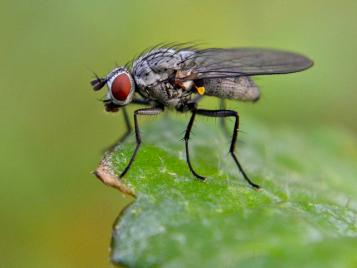
Carrot root fly
Carrot root fly is probably the most serious pest of carrot crops. Although affected roots can still be eaten, it does reduce the amount of usable root and it can take ages in the kitchen cutting out the affected parts.

Leatherjackets
Leatherjackets are large grubs that eat plant roots. As they spend the majority of their life underground, they are rarely seen in the flesh - but signs of their damage are.
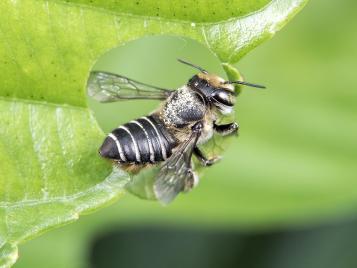
Leaf cutter bee
The leaf cutter bee is a fascinating insect. If you see one in your garden watch its antics, rather than be worried about its presence or try to control it.
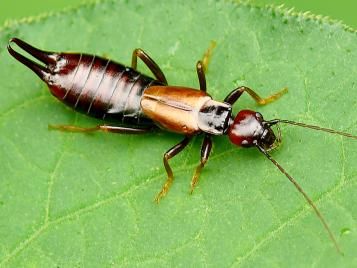
Earwigs
Earwigs usually aren't regarded as a problem insect pest, but they can attack plants, causing damage particularly to flowers and flower buds.

Caterpillars
Some caterpillar species are serious plant pests – the cabbage white butterfly, for instance, can devastate brassica crops. Many plant-eating caterpillars are the larvae of moths.
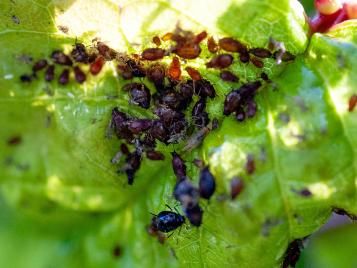
Aphids
Aphids are the most common of all plant pests and almost every plant from the smallest annual to the tallest oak tree can be infested at one time or another by one or more species.
